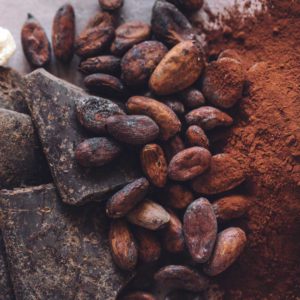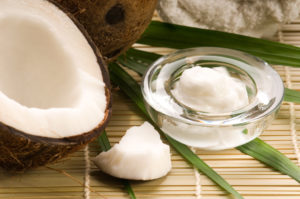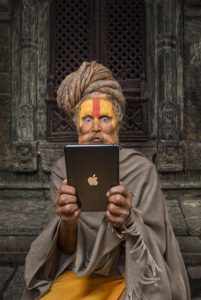The Mayans, one of the oldest civilizations on the American continent, were the first to grow cocoa trees. They used cacao beans as currency to exchange for food or clothing, and to make a bitter drink known as Xocoatl, which was not unlike the hot chocolate we drink today.
This drink was prepared from roasted and ground cocoa beans mixed with water and spices. Only representatives of the nobility and warriors could afford a chocolate-flavored drink. Until the 16th century, chocolate was not even heard of on the European continent, the situation changed when the Spaniards landed on the land of the Aztecs in 1519.
When the Spanish conquistador Cortes arrived in the Americas, the Aztecs mistook him for the god-king Quetzalcoatl, whose return they eagerly awaited. Depicted as a feathered snake, the god was the most revered deity of the Aztec culture. It was he who was thanked for the appearance of cocoa trees on Earth, and the sacred drink Xocoatl was named in his honor. It is not known for sure what exactly caused the fatal mistake in Cortes’ appearance. However, they made such a mistake, poor people.
Having seized their lands from the Aztecs, the Spaniards also adopted some principles of the local economy, including trade using cocoa beans. True, the grains used for barter were not similar to those from which the sacred drink was prepared. Money beans were distinguished by low quality.
Telling about cacao in a letter to Charles V, Cortes noted: “This seed is used as currency for daily exchanges.” Who cares, for example, a rabbit could be exchanged for ten cocoa beans, and a slave could be bought for a hundred.
The value of cocoa
As an alternative to gold and silver, the item itself must be quite rare or valuable, thereby causing an irresistible desire to own it. The value of the fruits of the cocoa tree was determined by the difficulties associated with its cultivation and the process of obtaining cocoa beans.
Cocoa is considered one of the best examples among more primitive payment methods. However, this was more of an incentive prize in the pursuit of profit than a real long-term investment. Indeed, the owners of cocoa beans were more inclined to eat them than to plant them in the ground in the hope of quick riches.
Like any reliable currency, cocoa beans were also the object of close attention of fraudsters. For example, counterfeiters hollowed out a precious bean and then poured dirt inside to give it a weight equivalent to one full seed of the cocoa tree fruit.
There is no doubt that cocoa was the main barter currency of the Empire, so important that its value was officially established in 1555 by a decree according to which one Spanish real was worth 140 cocoa beans. The use of cocoa money spread to the countries that today make up the central part of South America, and it continued until the beginning of the 19th century.
To put it figuratively, cocoa owes its success to Hernan Cortes. And, FYI: according to some sources, at the time of the discovery of America, Christopher Columbus did not show the slightest interest in the sacred tree of the Aztecs! Not only that, the famous navigator mistook cocoa beans for goat excrement. To each his own, as they say.









